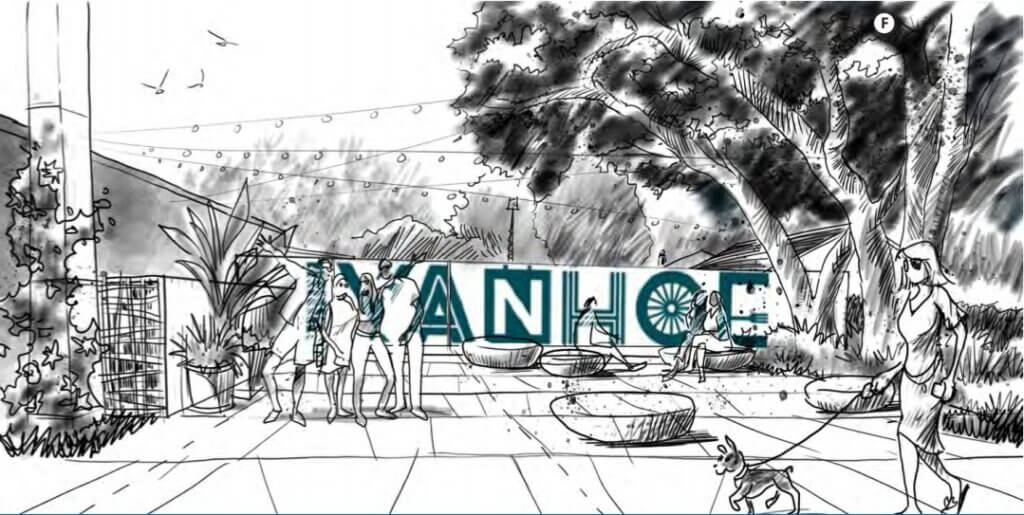Archives
- Home
- What is a Pocket Park?
- Posts
- News
- What is a Pocket Park?
What is a Pocket Park?

What is a Pocket Park and how does it benefit a community?
A pocket park, also known as a mini park or parklet, is a small outdoor area that provides green space for a local community. These parks can be situated in urban areas where larger parks may not be feasible. They often contain seating, landscaping, and sometimes playgrounds or other amenities.
A pocket park offers several benefits to urban and suburban areas, particularly in enhancing the quality of life for residents and visitors. Here are some key benefits:
- Green Space in Urban Areas: Pocket parks provide much-needed green space in densely populated areas, contributing to environmental health and urban biodiversity.
- Community Engagement: These small parks create spaces for community interaction, fostering social cohesion and providing venues for community events, informal gatherings, and recreational activities.
- Aesthetic Enhancement: Pocket parks beautify neighborhoods, transforming underutilized or blighted areas into attractive, well-maintained spaces that can uplift the overall look and feel of a community.
- Health and Wellbeing: Access to green spaces is linked to improved mental and physical health. Pocket parks offer residents places to relax, exercise, and enjoy nature, contributing to reduced stress and enhanced well-being.
- Economic Benefits: Well-designed pocket parks can increase property values and attract businesses, contributing to economic vitality in the surrounding area.
- Environmental Benefits: They can help manage urban heat islands, improve air quality, and provide habitats for wildlife. They also play a role in stormwater management by offering permeable surfaces for rainwater absorption.
- Accessibility: Pocket parks are often located within walking distance for many residents, making them easily accessible and promoting walking and outdoor activity.

